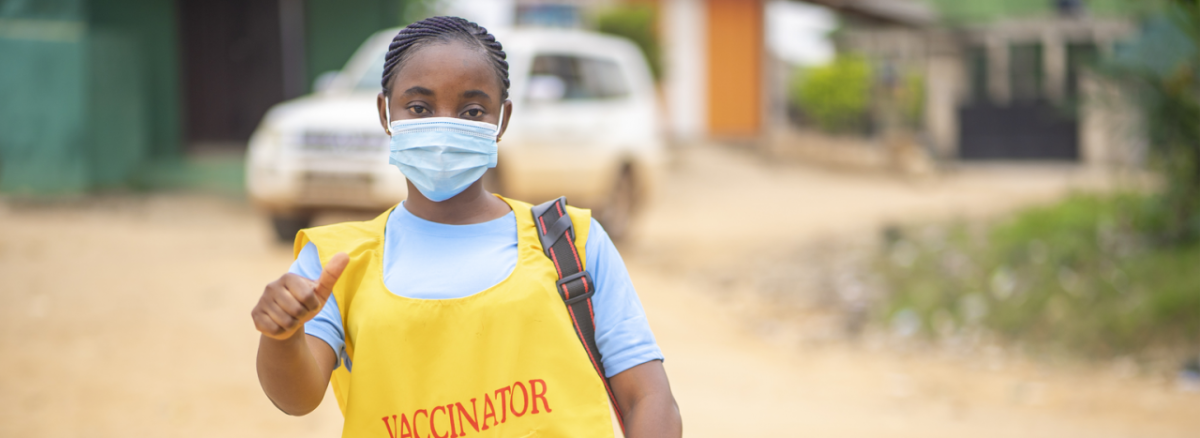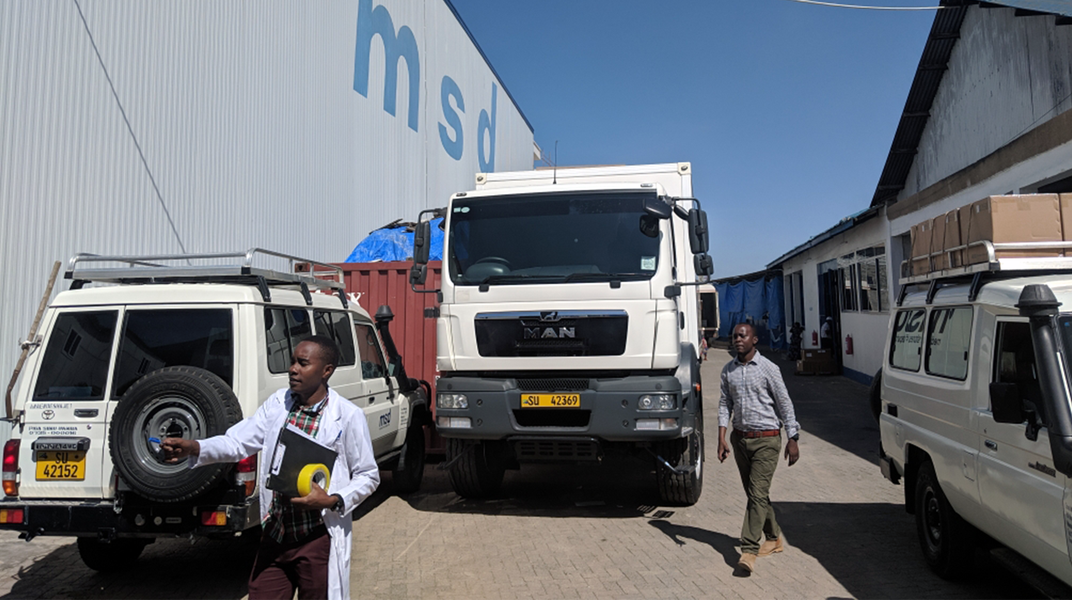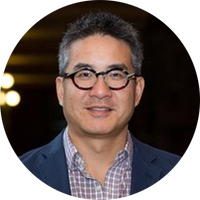How Innovation and Partnerships Can Help Ensure Vaccines Reach Everyone
BY ALI SCHMIDT-FELLNER, CENTER FOR INCLUSIVE GROWTH
The COVID-19 vaccine rollout is underway, but without collaboration and good use of data, millions risk missing out on this path out of the pandemic. Developing countries already contend with unequal access to vaccines for economic reasons. Imagine the hurdles and costs when the population lives in a village atop a mountain or when people lack personal ID and home addresses, as in the favelas of South America.
The Reach Alliance, housed at the University of Toronto’s Munk School of Global Affairs and Public Policy and supported by the Mastercard Center for Inclusive Growth, studies the best ways to find and serve these “last mile,” hardest-to-reach people who are otherwise invisible. Its mission aligns with that of the Center, which aims to advance equitable and sustainable economic growth and financial inclusion around the world through cross-sector partnerships.
The Center for Inclusive Growth’s Ali Schmidt-Fellner interviewed the Reach Alliance’s Joseph Wong, the Roz and Ralph Halbert professor of innovation and the University of Toronto’s Vice-President, International, to talk about how countries can use data-driven approaches and create opportunities for cross-sector collaboration to get vaccines and public health measures to these hard-to-reach populations.
Ali Schmidt Fellner: COVID-19 has been a defining moment for our generation. It has also exposed wide disparities in both developing and developed countries. What are some of the critical challenges in getting vaccines to people?
Professor Joseph Wong: COVID has exposed what we always knew: vulnerability is not evenly distributed. Getting vaccines to everyone, including the world’s hardest to reach, is a real challenge for several reasons. The first is uneven access to health systems, which has made it impossible for many people to be tested and treated for the virus — and not just in poorer countries. The second is that the most vulnerable, like migrant or informal workers, are more likely to work in contagious, congregant environments. And finally, there’s the challenge of vaccine delivery. The cost of delivering to more sparsely populated regions is exorbitant. For example, in Ontario, Canada, delivering vaccines to remote Indigenous communities required airplane fly-ins, as well as cultural training for healthcare workers.
The lack of formal ID, which connects people to government supports and allows governments to locate people, means that hundreds of millions of people are without access to vaccines.
ASF: While more countries and organizations are adopting digital solutions, the technology infrastructure, access and proficiency are still limited. But where has technology helped, and how?
JW: The digital divide is more pronounced than ever. And I don’t just mean access to the internet and the distribution of smartphones. I’m talking about data and information management systems and the digital infrastructure required to support them.
In the most successful cases of COVID containment, such as in Taiwan and South Korea, the backbone of the public health response was sophisticated data collection, digitization, information portability and information management. In Taiwan, for instance, real-time information sharing between the public health authorities and healthcare providers allowed for better medical triaging. Data sharing meant more masks were manufactured and more efficiently and equitably, preventing hoarding and shortages. These same information management systems are being used now to distribute vaccines, including targeting those who are most at risk.
ASF: Trust is critical to any successful rollout of interventions or technology. What lessons has your team learned that can be applied to the COVID vaccine rollout, especially among “last-mile” populations — those people who are marginalized and the hardest to reach?
JW: Those who live on the margins are not particularly trusting when it comes to government policy and interventions. And for good reason. One of our key insights is the importance of balancing coherent and standardized program delivery from the top with local flexibility and adaptation on the ground. The most successful programs that reach the hardest to reach, we have found, deliberately recruit and train local workers to deliver the services because they are the most trusted. These folks influence communities and spur collective action.
The problem of trust is not limited to just the lack of trust in governing authorities, however. With COVID-19, we’ve seen the spread of false or contradictory information on social media and the circulation of scientific studies that are still preliminary and not yet vetted. This can lead to seemingly contradictory messages and erode trust. It’s difficult to engender trust when scientific authority is continually being questioned.
ASF: Private-sector organizations have expertise, infrastructure and capital that the public sector can leverage to improve health outcomes and service delivery. What lessons can be applied in the COVID context, where public health agencies have limited capacity or expertise?
JW: Absolutely, the private sector has expertise, access to infrastructure and of course capital. However, the public sector can have all of those things as well. Where I think the private sector truly stands out is its focus on system efficiency. System efficiency is in the private sector’s DNA.
The Reach Alliance case study on medicine delivery in rural Tanzania highlighted how private-sector know-how improved delivery routes with geocoding, which led to greater overall efficiency. To be sure, the GPS technology and mapping software were impressive. But what was really critical, we found, was the private sector’s mandate to be more efficient. Transforming information management platforms — from medical-supplies inventory management to online ordering — was critical to more efficient processes. Innovations in warehouse construction also allowed storage units to be located closer to health facilities. In the Mwanza district, for instance, total cost decreased by 14 percent and the distance traveled was reduced by 34 percent. I’m not saying the public sector is incapable or unwilling to prioritize such efficiency; it’s just that it’s not always their primary goal.
ASF: How is the pandemic providing an opportunity to reimagine cross-sector collaboration in health, and what would this new ecosystem look like?
JW: During the early days of the pandemic, I wondered if multiple sectors could collaborate in unprecedented ways and get the entire world to quarantine for 14 days, ensuring everyone was fed, tested and given access to healthcare. If we all did that — and I mean all 8 billion of us — we’d have beaten COVID in a matter of months. In hindsight, we know the economic opportunity costs far exceeded what we would have spent in the first place to prevent this.
While that obviously didn’t happen, we still need coordinated, multisector collaboration to bring together different skill sets, vantage points and experience. In Taiwan, for example, the government actively intervened and coordinated with face mask manufacturers to ramp up domestic supply, and then worked with the National Health Insurance Bureau, along with pharmacies and convenience stores, to develop a realtime inventory of face masks available for purchase. Civil society groups also contributed crowdsourced information on face mask availability to reduce hoarding and promote a more equitable distribution of face masks for all Taiwanese.
To bind the different sectors together, we need a common, principled commitment to reaching everyone, everywhere. We can do better, together.
Check out more content from The Mastercard Center for Inclusive Growth




